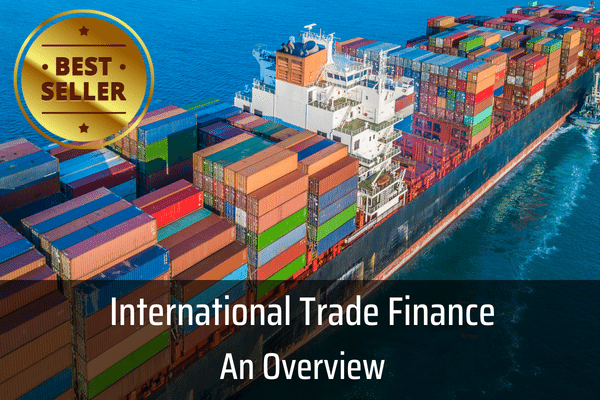There are no items in your cart
Add More
Add More
| Item Details | Price | ||
|---|---|---|---|
In today’s interconnected world, digital trade is reshaping how businesses operate, collaborate, and grow. From streamlining supply chains to introducing innovative technologies, digital trade offers vast opportunities for companies ready to embrace change. Let’s understand the basics of digital trade in this post.
Digital trade refers to the exchange of goods, services, and information through digital platforms. It encompasses e-commerce, digital payments, and the digitization of traditional trade processes like finance and documentation. By moving away from paper-based systems, businesses can reduce costs, increase efficiency, and enhance global connectivity.

How Digital Trade can transform international trade and finance - Source: ICC
Despite its potential, digital trade faces hurdles:
Fintech companies are pivotal in driving digital trade forward. They provide solutions like digital payments, risk management tools, and platforms for secure documentation. However, scaling these solutions requires addressing interoperability and standardization issues.
As more stakeholders adopt digital solutions, the global trade landscape will continue to evolve. Increased collaboration between governments, businesses, and tech providers will be crucial to overcoming current challenges. Initiatives like blockchain-based trade finance and AI-driven risk assessments are just the beginning of what’s possible.
WANT TO READ MORE?
Already signed up/ logged in? Then you are all set!

Easy Explanation of International Trade Payment Methods like LC, Collections, BG etc and Incoterms 2020

Types & Uses in International Trade | URDG 758 & ISP 98 - Main Points | Clauses & Examples | Related SWIFT Messages

Jump start your Trade Finance career with this 4-in-1 course package - Trade Finance Overview, Letter of Credit, Bank Guarantees and Incoterms® 2020